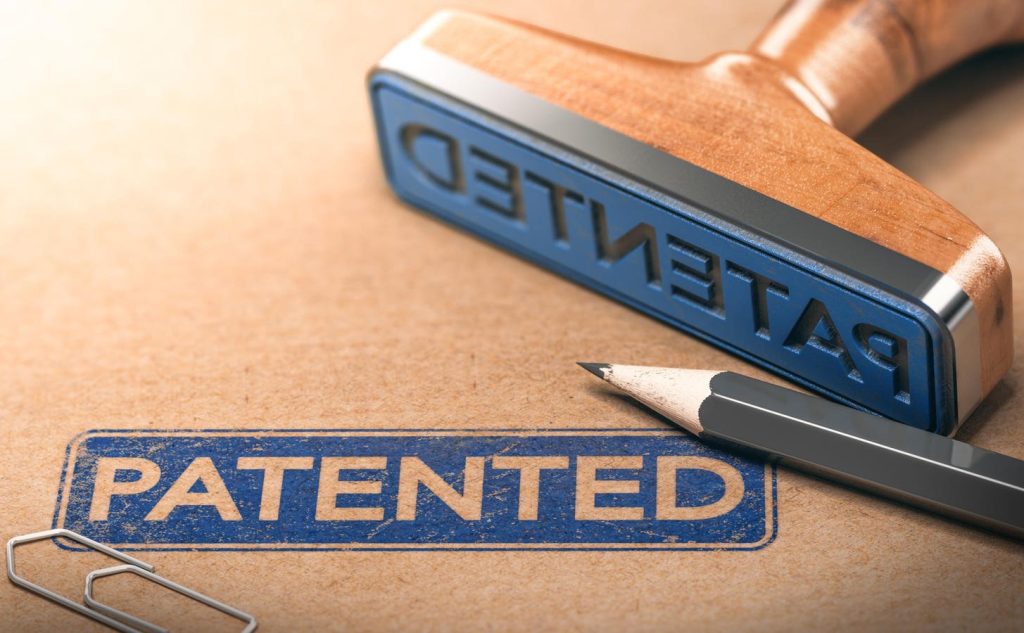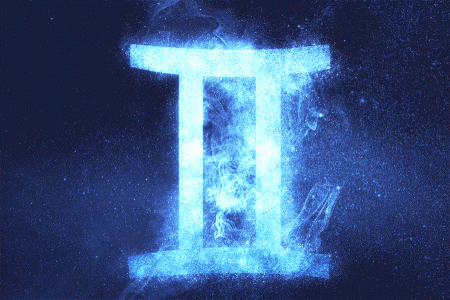When an inventor secured a patent for their invention, they may believe that it will prevent others from infringing on their intellectual property. However, a lawsuit for patent infringement against a large toy company revealed some hard truths about the patent system. The outcome of the case depended on the interpretation of just two words, highlighting the complexities of the system. This experience led to several key insights about patents, including the misconception that a patent guarantees protection against infringement.
One important lesson learned is that different people may interpret a patent differently at different times. This includes patent examiners, attorneys, competitors, investors, and judges. The interpretation of the claims in a patent, which define the scope of the invention, may vary among individuals. It is crucial for inventors to understand that patent protection is not foolproof and strategizing to create a “wall” of intellectual property can help establish perceived ownership.
Another crucial aspect is the role of a patent attorney or agent in the patenting process. These professionals rely on the information provided by the inventor to draft a patent application. Therefore, inventors must supply detailed information on their inventions, including manufacturing processes, materials, and variations. Moreover, patent practitioners are focused on obtaining a patent, not on ensuring commercial success for the inventor, highlighting the importance of effective communication between the parties.
In addition, patent examiners may not uncover all prior art related to an invention, which is evidence that the invention is not new. This limitation is a reality due to the time constraints on examiners. As such, inventors should take on the responsibility of being experts on their inventions, including searching for prior art. Understanding the value of their invention and conducting thorough research can help inventors utilize their patents effectively in commercializing their creations.
The patent system is far from perfect, presenting challenges such as the influence of capital in patent infringement suits and the inevitability of copycats for commercially successful inventions. However, inventors can take proactive measures to protect their business, such as exploring other forms of intellectual property, accelerating their time to market, and engaging with customers to build brand loyalty. Taking control of their intellectual property, understanding the market landscape, and working with trusted patent attorneys can help inventors navigate the complexities of the patent system.
Ultimately, allowing emotions to dictate business decisions in cases of patent infringement is counterproductive. Instead of focusing on the emotional aspect, inventors should assess the impact on their business and make pragmatic decisions. Waiting for changes in patent law may not be a viable strategy, and it is essential for inventors to adapt to the current system by leveraging their intellectual property to achieve their business objectives. While the patent system may not be entirely fair, success as an inventor is still attainable, making it worthwhile to pursue innovative ideas while navigating the challenges of the patent landscape.















